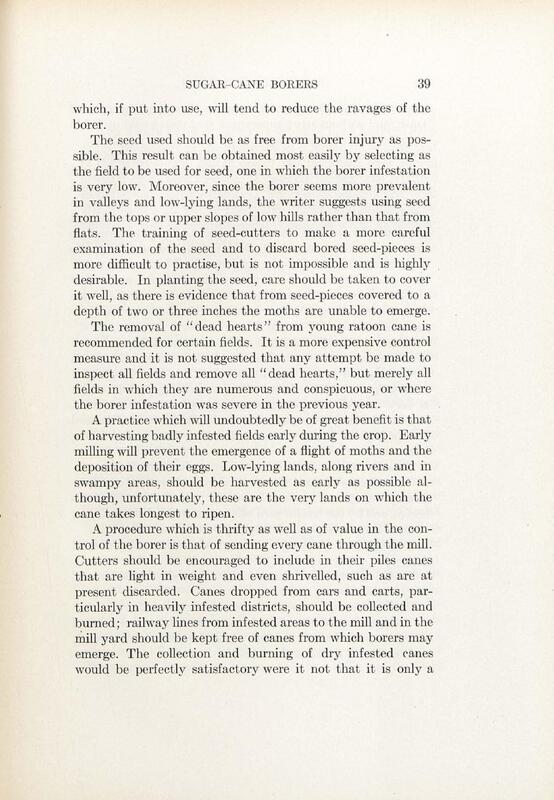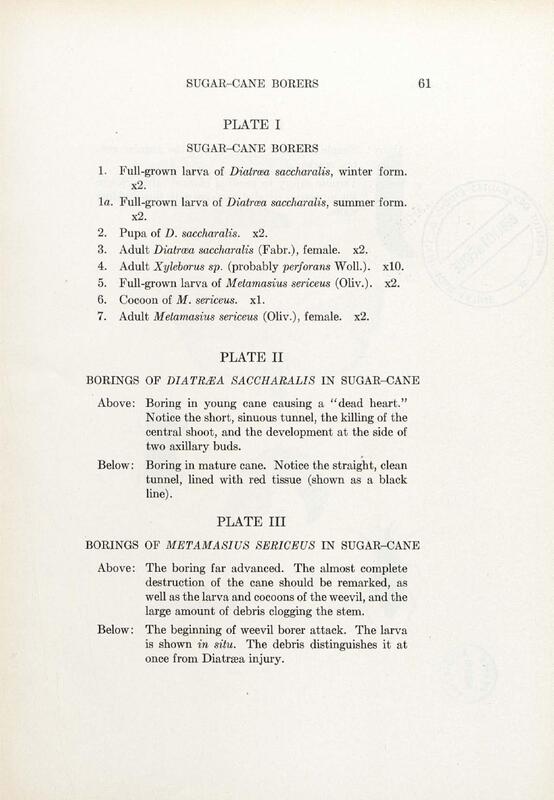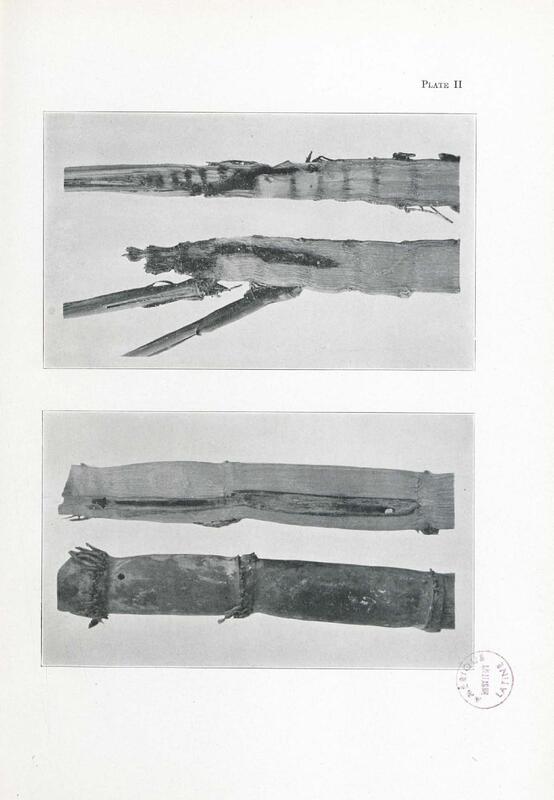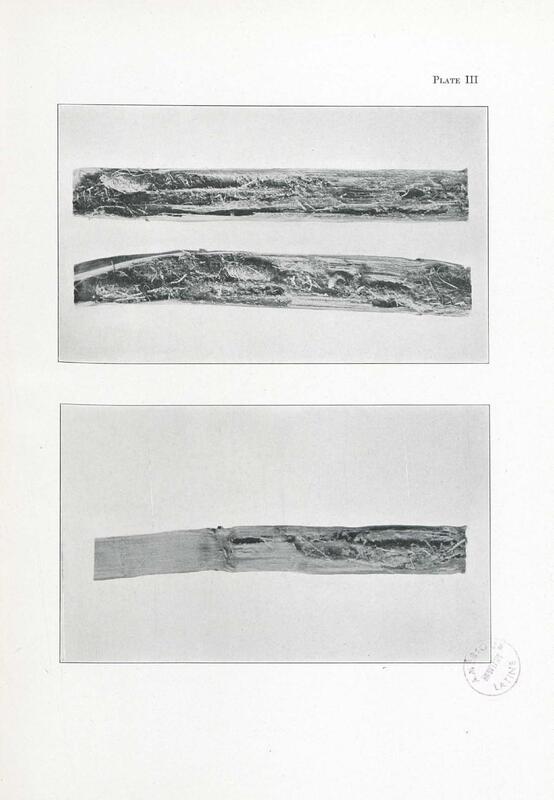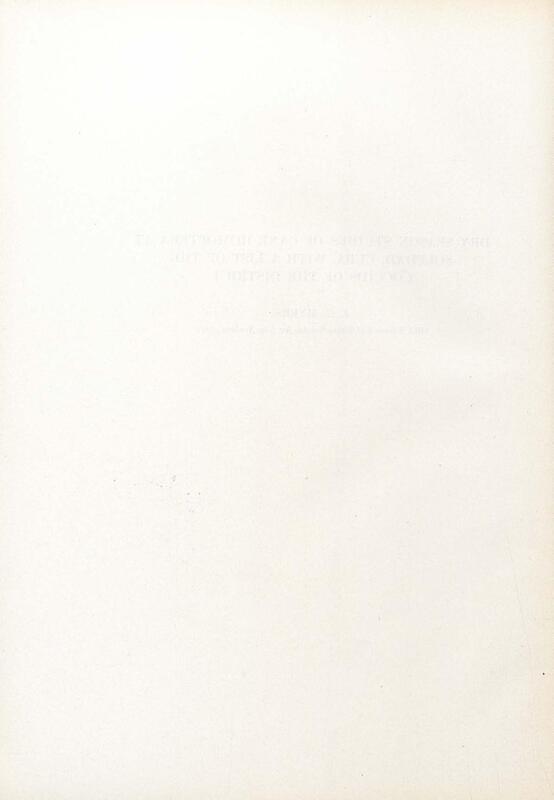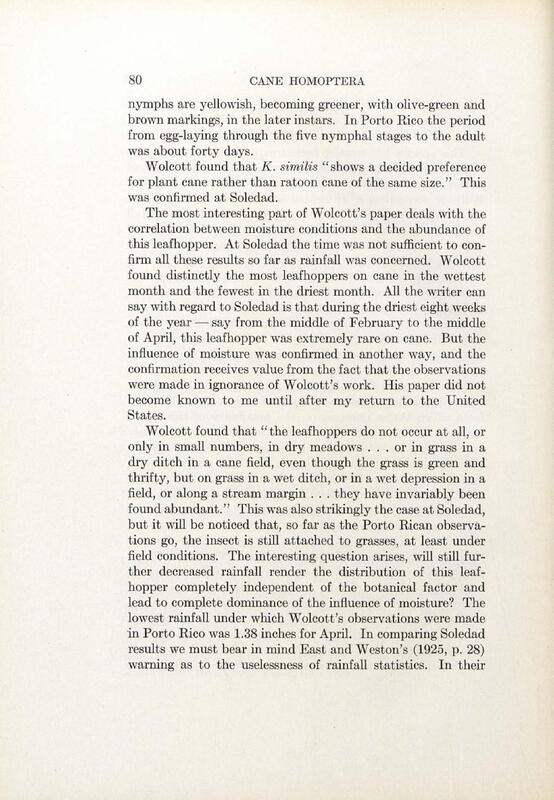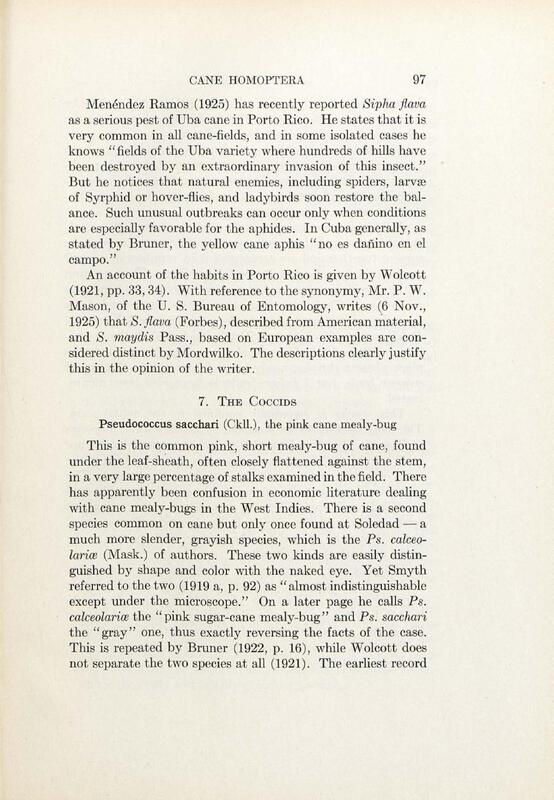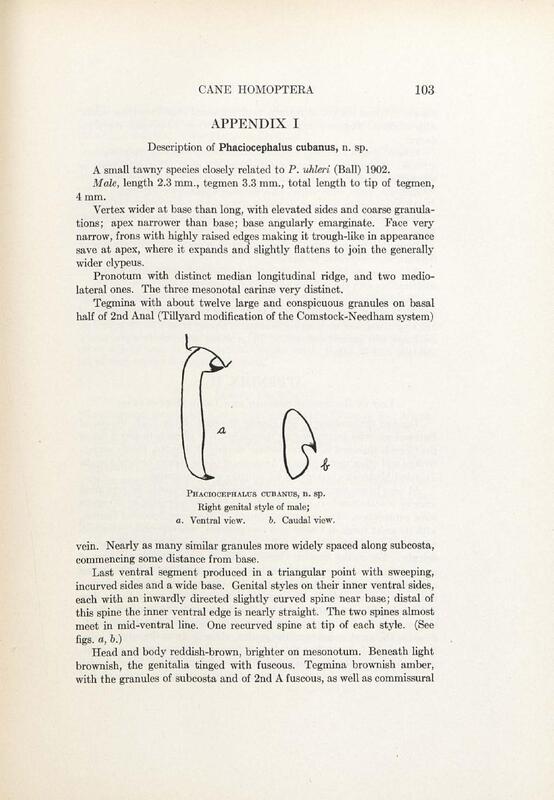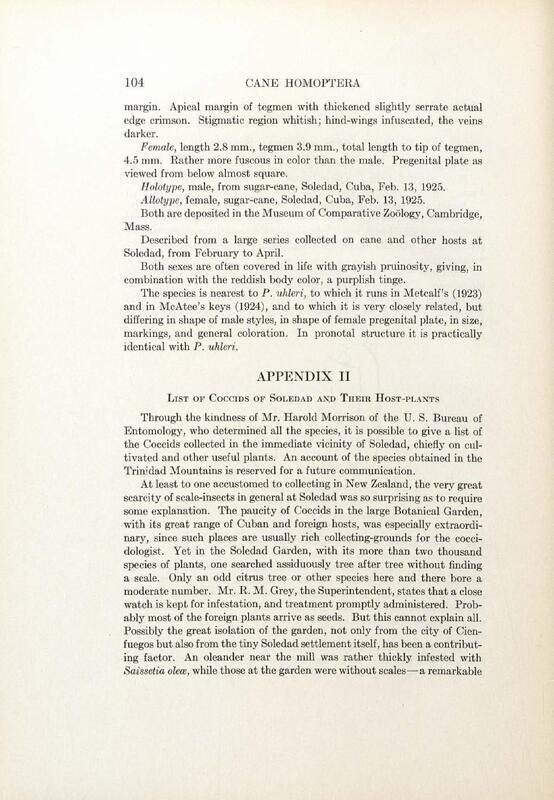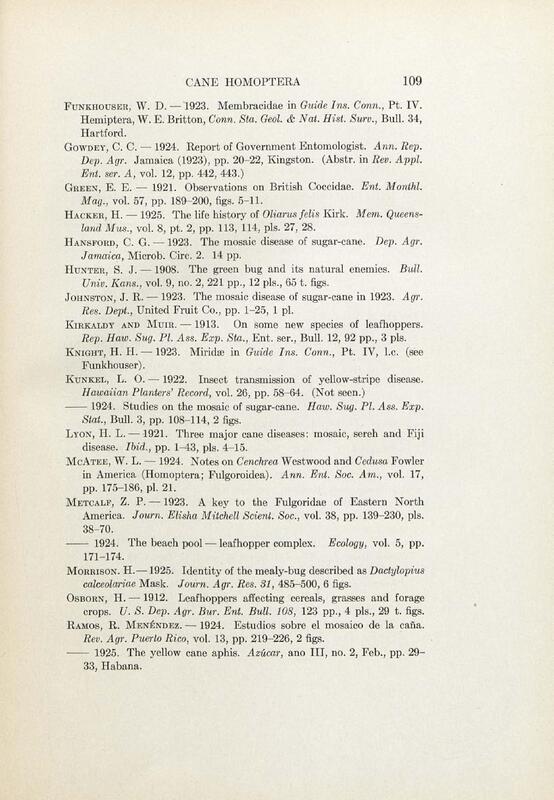I. Report on sugar-cane borers at Soledad, Cuba, and II. Dry-season studies of cane homptera at Soledad, Cuba : with a list of the coccids of the district
Contenu
- Identifiant
- IHE14010
- Titre
- I. Report on sugar-cane borers at Soledad, Cuba, and II. Dry-season studies of cane homptera at Soledad, Cuba : with a list of the coccids of the district
- Lieu
- fr Cambridge
- Editeur
- Harvard University Press
- Date
- 1926
- Résumé
- Contributions from the Harvard Institute for tropical Biology and Medecine, III
- Langue
- Anglais
- Contient
-
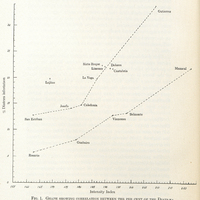 Fig. 1. Graph showing correlation between the per cent of the Diatraea Infestation and its Intensity
Fig. 1. Graph showing correlation between the per cent of the Diatraea Infestation and its Intensity
-
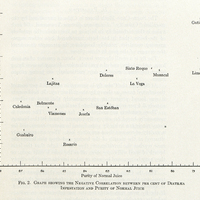 Fig. 2 . Graph showing the Negative Correlation between per cent of Diatreae, Infestation and Purity of Normal Juice
Fig. 2 . Graph showing the Negative Correlation between per cent of Diatreae, Infestation and Purity of Normal Juice
-
 Plate I : Sugar-cane borers
Plate I : Sugar-cane borers
-
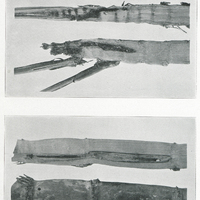 Plate II : Borings of Diatraea Saccharalis in Sugar-Cane
Plate II : Borings of Diatraea Saccharalis in Sugar-Cane
-
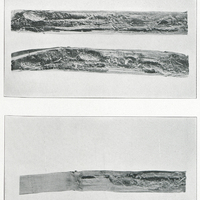 Plate III : Borings of Metamasius Sericeus in Sugar-Cane
Plate III : Borings of Metamasius Sericeus in Sugar-Cane
-
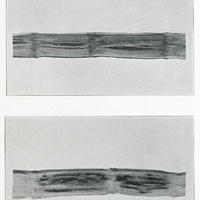 Plate IV : Above : Simple drying of cane, showing the angular central cracks. Below : Termite injury to growing mature cane. Notice the numerous parallel passages with thin dividing walls
Plate IV : Above : Simple drying of cane, showing the angular central cracks. Below : Termite injury to growing mature cane. Notice the numerous parallel passages with thin dividing walls
-
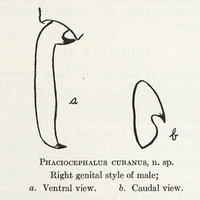 Phaciocephalus cubanus, n. sp. Right genital style of male; a. Ventral / b. Caudal view.
Phaciocephalus cubanus, n. sp. Right genital style of male; a. Ventral / b. Caudal view.
- Mot-clé libre
- Canne à sucre
- Mot-clé Lieu
- fr Cuba
- Type
- fr Rapport
- Format
- application/pdf
- Conditions d'utilisation
- fr Domaine public
- Plateforme source
- Bibliothèque numérique Manioc
- Médias
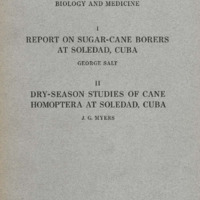 patrimon/import/2014/IHE/IHE14010.pdf
patrimon/import/2014/IHE/IHE14010.pdf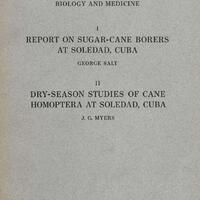 IHE14010.0001.jpg
IHE14010.0001.jpg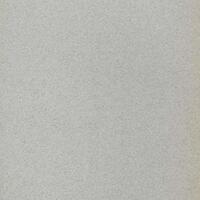 IHE14010.0002.jpg
IHE14010.0002.jpg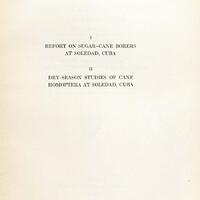 IHE14010.0003.jpg
IHE14010.0003.jpg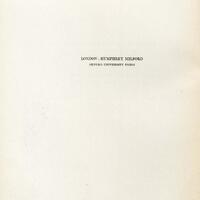 IHE14010.0004.jpg
IHE14010.0004.jpg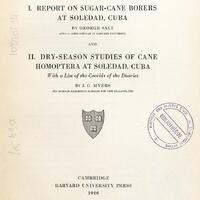 IHE14010.0005.jpg
IHE14010.0005.jpg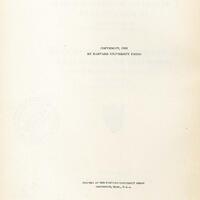 IHE14010.0006.jpg
IHE14010.0006.jpg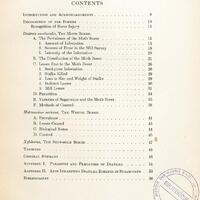 IHE14010.0007.jpg
IHE14010.0007.jpg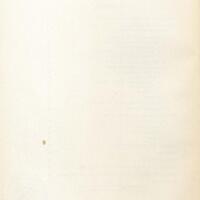 IHE14010.0008.jpg
IHE14010.0008.jpg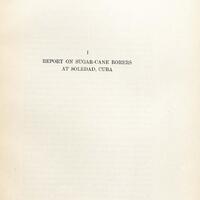 IHE14010.0009.jpg
IHE14010.0009.jpg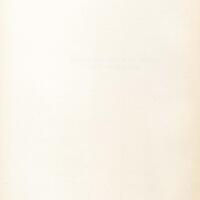 IHE14010.0010.jpg
IHE14010.0010.jpg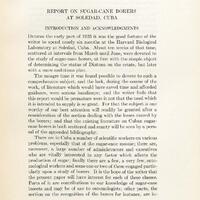 IHE14010.0011.jpg
IHE14010.0011.jpg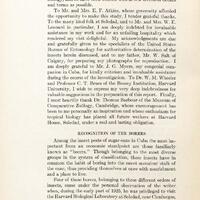 IHE14010.0012.jpg
IHE14010.0012.jpg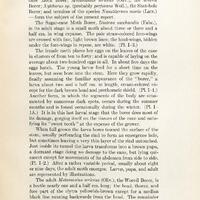 IHE14010.0013.jpg
IHE14010.0013.jpg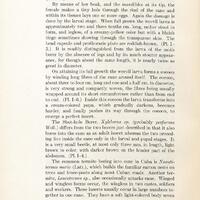 IHE14010.0014.jpg
IHE14010.0014.jpg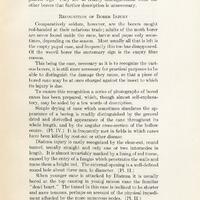 IHE14010.0015.jpg
IHE14010.0015.jpg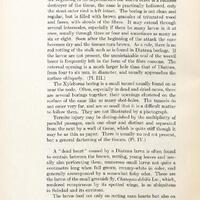 IHE14010.0016.jpg
IHE14010.0016.jpg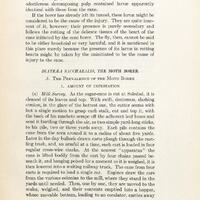 IHE14010.0017.jpg
IHE14010.0017.jpg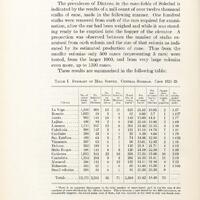 IHE14010.0018.jpg
IHE14010.0018.jpg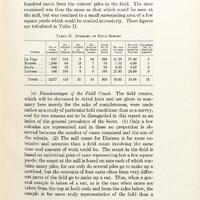 IHE14010.0019.jpg
IHE14010.0019.jpg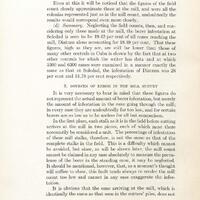 IHE14010.0020.jpg
IHE14010.0020.jpg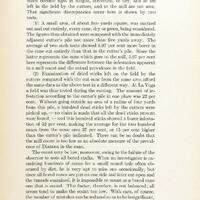 IHE14010.0021.jpg
IHE14010.0021.jpg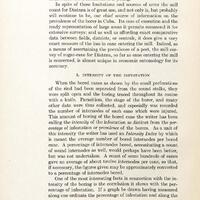 IHE14010.0022.jpg
IHE14010.0022.jpg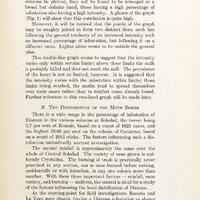 IHE14010.0023.jpg
IHE14010.0023.jpg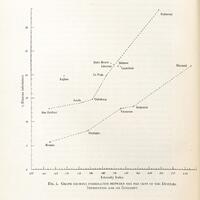 IHE14010.0024.jpg
IHE14010.0024.jpg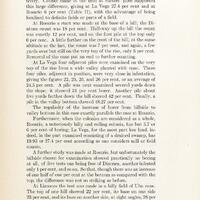 IHE14010.0025.jpg
IHE14010.0025.jpg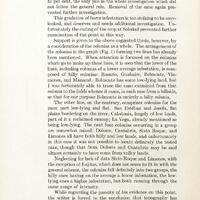 IHE14010.0026.jpg
IHE14010.0026.jpg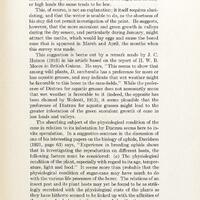 IHE14010.0027.jpg
IHE14010.0027.jpg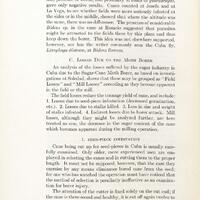 IHE14010.0028.jpg
IHE14010.0028.jpg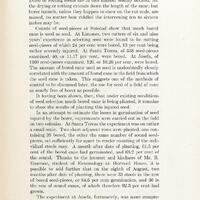 IHE14010.0029.jpg
IHE14010.0029.jpg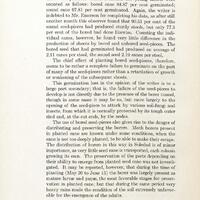 IHE14010.0030.jpg
IHE14010.0030.jpg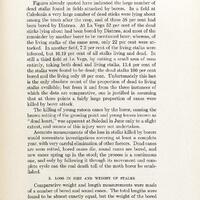 IHE14010.0031.jpg
IHE14010.0031.jpg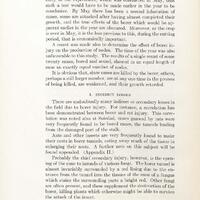 IHE14010.0032.jpg
IHE14010.0032.jpg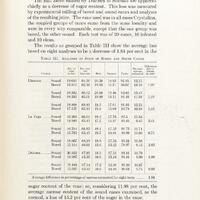 IHE14010.0033.jpg
IHE14010.0033.jpg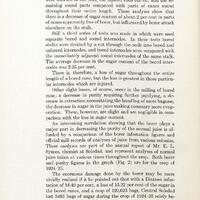 IHE14010.0034.jpg
IHE14010.0034.jpg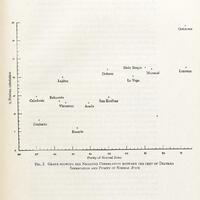 IHE14010.0035.jpg
IHE14010.0035.jpg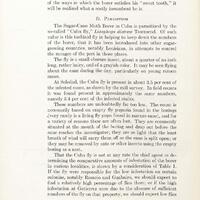 IHE14010.0036.jpg
IHE14010.0036.jpg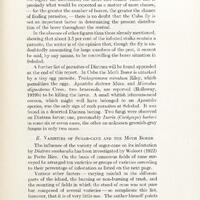 IHE14010.0037.jpg
IHE14010.0037.jpg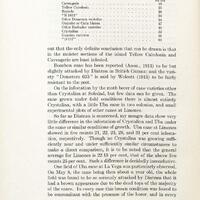 IHE14010.0038.jpg
IHE14010.0038.jpg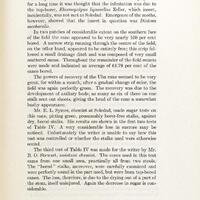 IHE14010.0039.jpg
IHE14010.0039.jpg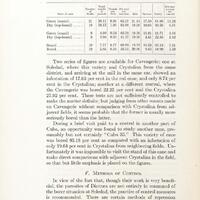 IHE14010.0040.jpg
IHE14010.0040.jpg IHE14010.0041.jpg
IHE14010.0041.jpg IHE14010.0042.jpg
IHE14010.0042.jpg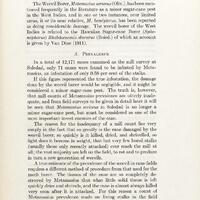 IHE14010.0043.jpg
IHE14010.0043.jpg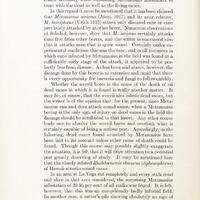 IHE14010.0044.jpg
IHE14010.0044.jpg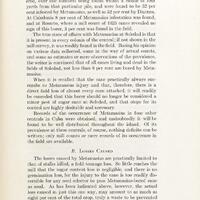 IHE14010.0045.jpg
IHE14010.0045.jpg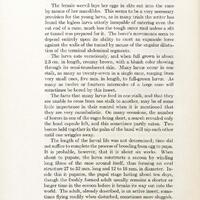 IHE14010.0046.jpg
IHE14010.0046.jpg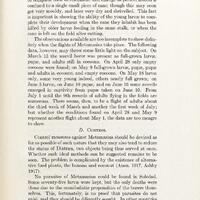 IHE14010.0047.jpg
IHE14010.0047.jpg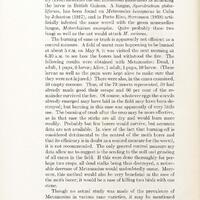 IHE14010.0048.jpg
IHE14010.0048.jpg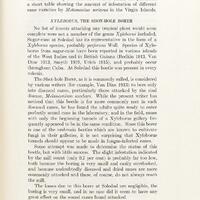 IHE14010.0049.jpg
IHE14010.0049.jpg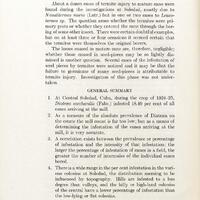 IHE14010.0050.jpg
IHE14010.0050.jpg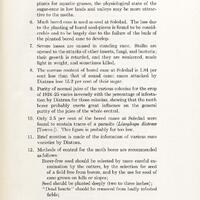 IHE14010.0051.jpg
IHE14010.0051.jpg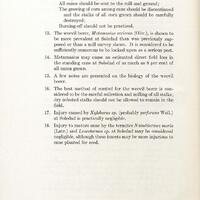 IHE14010.0052.jpg
IHE14010.0052.jpg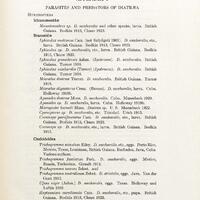 IHE14010.0053.jpg
IHE14010.0053.jpg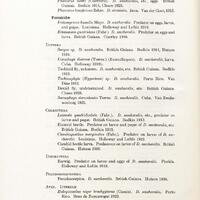 IHE14010.0054.jpg
IHE14010.0054.jpg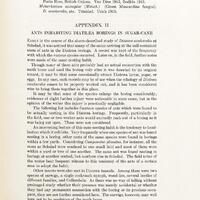 IHE14010.0055.jpg
IHE14010.0055.jpg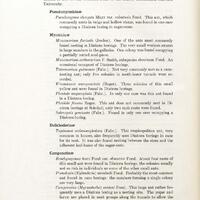 IHE14010.0056.jpg
IHE14010.0056.jpg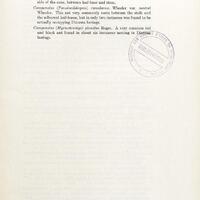 IHE14010.0057.jpg
IHE14010.0057.jpg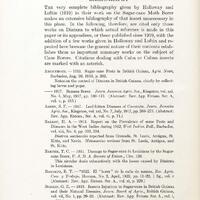 IHE14010.0058.jpg
IHE14010.0058.jpg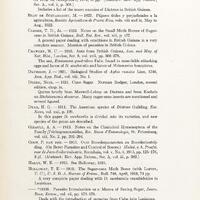 IHE14010.0059.jpg
IHE14010.0059.jpg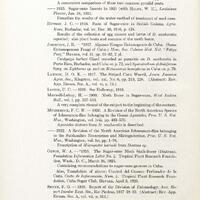 IHE14010.0060.jpg
IHE14010.0060.jpg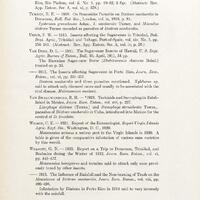 IHE14010.0061.jpg
IHE14010.0061.jpg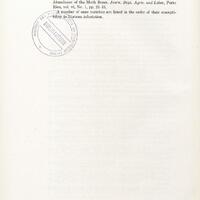 IHE14010.0062.jpg
IHE14010.0062.jpg IHE14010.0063.jpg
IHE14010.0063.jpg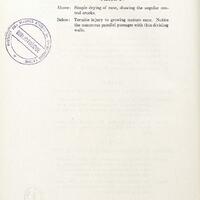 IHE14010.0064.jpg
IHE14010.0064.jpg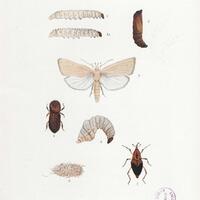 IHE14010.0065.jpg
IHE14010.0065.jpg IHE14010.0066.jpg
IHE14010.0066.jpg IHE14010.0067.jpg
IHE14010.0067.jpg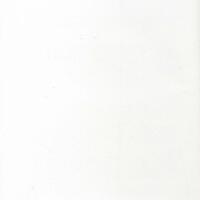 IHE14010.0068.jpg
IHE14010.0068.jpg IHE14010.0069.jpg
IHE14010.0069.jpg IHE14010.0070.jpg
IHE14010.0070.jpg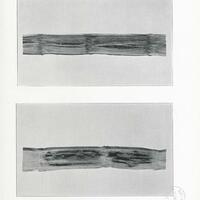 IHE14010.0071.jpg
IHE14010.0071.jpg IHE14010.0072.jpg
IHE14010.0072.jpg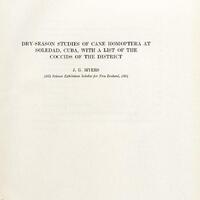 IHE14010.0073.jpg
IHE14010.0073.jpg IHE14010.0074.jpg
IHE14010.0074.jpg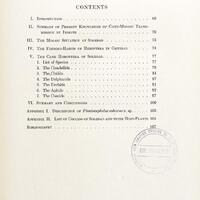 IHE14010.0075.jpg
IHE14010.0075.jpg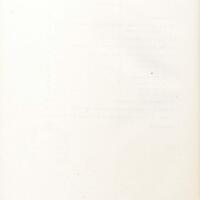 IHE14010.0076.jpg
IHE14010.0076.jpg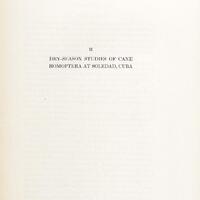 IHE14010.0077.jpg
IHE14010.0077.jpg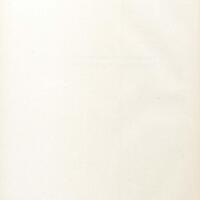 IHE14010.0078.jpg
IHE14010.0078.jpg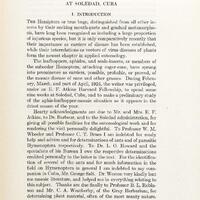 IHE14010.0079.jpg
IHE14010.0079.jpg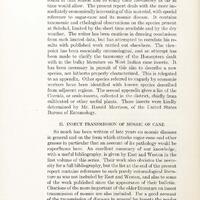 IHE14010.0080.jpg
IHE14010.0080.jpg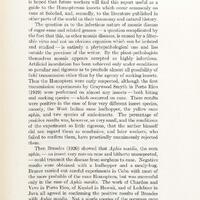 IHE14010.0081.jpg
IHE14010.0081.jpg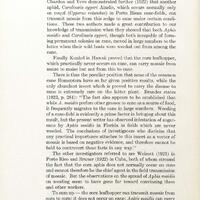 IHE14010.0082.jpg
IHE14010.0082.jpg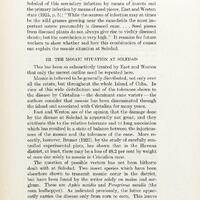 IHE14010.0083.jpg
IHE14010.0083.jpg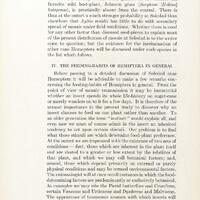 IHE14010.0084.jpg
IHE14010.0084.jpg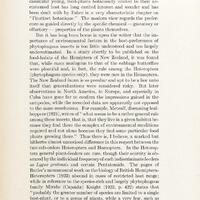 IHE14010.0085.jpg
IHE14010.0085.jpg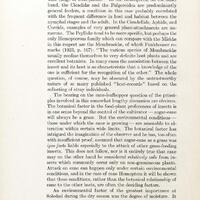 IHE14010.0086.jpg
IHE14010.0086.jpg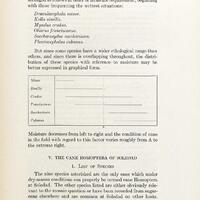 IHE14010.0087.jpg
IHE14010.0087.jpg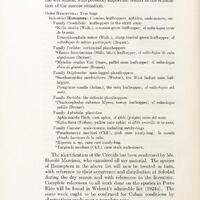 IHE14010.0088.jpg
IHE14010.0088.jpg IHE14010.0089.jpg
IHE14010.0089.jpg IHE14010.0090.jpg
IHE14010.0090.jpg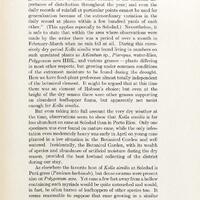 IHE14010.0091.jpg
IHE14010.0091.jpg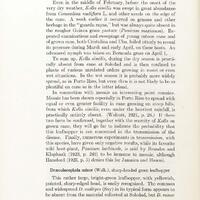 IHE14010.0092.jpg
IHE14010.0092.jpg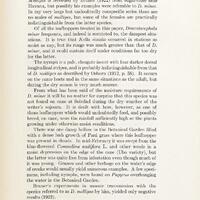 IHE14010.0093.jpg
IHE14010.0093.jpg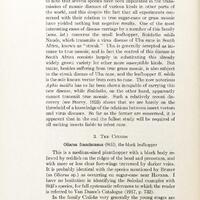 IHE14010.0094.jpg
IHE14010.0094.jpg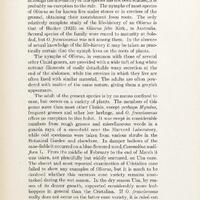 IHE14010.0095.jpg
IHE14010.0095.jpg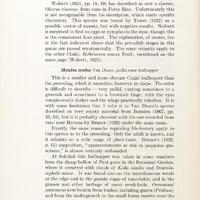 IHE14010.0096.jpg
IHE14010.0096.jpg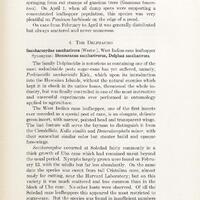 IHE14010.0097.jpg
IHE14010.0097.jpg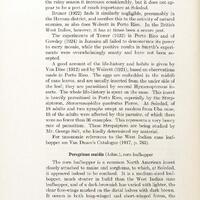 IHE14010.0098.jpg
IHE14010.0098.jpg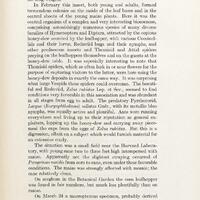 IHE14010.0099.jpg
IHE14010.0099.jpg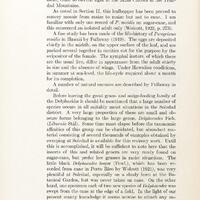 IHE14010.0100.jpg
IHE14010.0100.jpg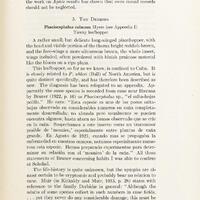 IHE14010.0101.jpg
IHE14010.0101.jpg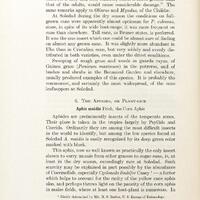 IHE14010.0102.jpg
IHE14010.0102.jpg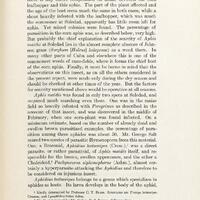 IHE14010.0103.jpg
IHE14010.0103.jpg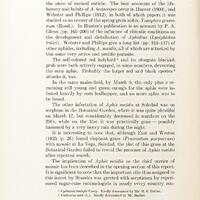 IHE14010.0104.jpg
IHE14010.0104.jpg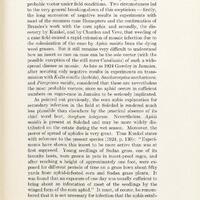 IHE14010.0105.jpg
IHE14010.0105.jpg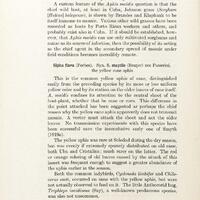 IHE14010.0106.jpg
IHE14010.0106.jpg IHE14010.0107.jpg
IHE14010.0107.jpg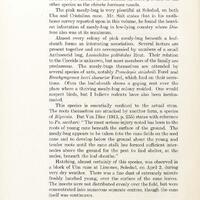 IHE14010.0108.jpg
IHE14010.0108.jpg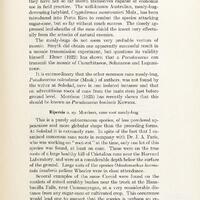 IHE14010.0109.jpg
IHE14010.0109.jpg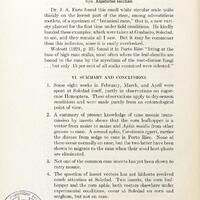 IHE14010.0110.jpg
IHE14010.0110.jpg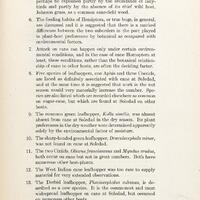 IHE14010.0111.jpg
IHE14010.0111.jpg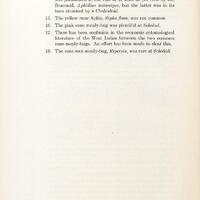 IHE14010.0112.jpg
IHE14010.0112.jpg IHE14010.0113.jpg
IHE14010.0113.jpg IHE14010.0114.jpg
IHE14010.0114.jpg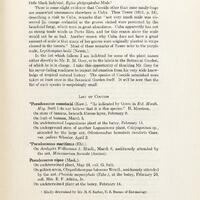 IHE14010.0115.jpg
IHE14010.0115.jpg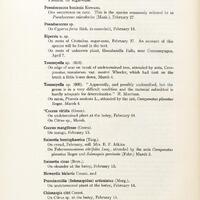 IHE14010.0116.jpg
IHE14010.0116.jpg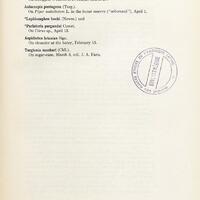 IHE14010.0117.jpg
IHE14010.0117.jpg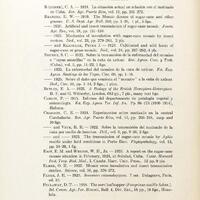 IHE14010.0118.jpg
IHE14010.0118.jpg IHE14010.0119.jpg
IHE14010.0119.jpg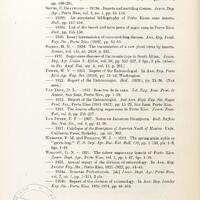 IHE14010.0120.jpg
IHE14010.0120.jpg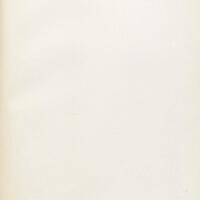 IHE14010.0121.jpg
IHE14010.0121.jpg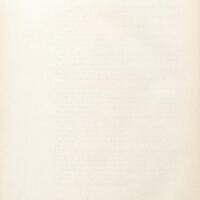 IHE14010.0122.jpg
IHE14010.0122.jpg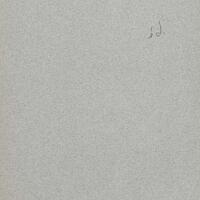 IHE14010.0123.jpg
IHE14010.0123.jpg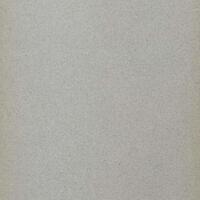 IHE14010.0124.jpg
IHE14010.0124.jpg
Ressources liées
| Titre | Classe |
|---|---|
 Fig. 1. Graph showing correlation between the per cent of the Diatraea Infestation and its Intensity Fig. 1. Graph showing correlation between the per cent of the Diatraea Infestation and its Intensity |
Image fixe |
 Fig. 2 . Graph showing the Negative Correlation between per cent of Diatreae, Infestation and Purity of Normal Juice Fig. 2 . Graph showing the Negative Correlation between per cent of Diatreae, Infestation and Purity of Normal Juice |
Image fixe |
 Phaciocephalus cubanus, n. sp. Right genital style of male; a. Ventral / b. Caudal view. Phaciocephalus cubanus, n. sp. Right genital style of male; a. Ventral / b. Caudal view. |
Image fixe |
 Plate I : Sugar-cane borers Plate I : Sugar-cane borers |
Image fixe |
 Plate II : Borings of Diatraea Saccharalis in Sugar-Cane Plate II : Borings of Diatraea Saccharalis in Sugar-Cane |
Image fixe |
 Plate III : Borings of Metamasius Sericeus in Sugar-Cane Plate III : Borings of Metamasius Sericeus in Sugar-Cane |
Image fixe |
 Plate IV : Above : Simple drying of cane, showing the angular central cracks. Below : Termite injury to growing mature cane. Notice the numerous parallel passages with thin dividing walls Plate IV : Above : Simple drying of cane, showing the angular central cracks. Below : Termite injury to growing mature cane. Notice the numerous parallel passages with thin dividing walls |
Image fixe |
| Titre | Classe |
|---|---|
| Myers, John Golding (1897-1942) | Personne |
| Salt, George W. (1903-2003) | Personne |









































